Designed by Ghali Bouayad, this pavilion presents the notion of reconnecting ornament and the postdigital into objects, structure, and architecture, with the speculation that they can coexist under the same narrative. When effectively defined in society, patterns and ornaments can create a bond between people and their surroundings.
Learn parametric design and computational tools from the pioneers of the industry at the PAACADEMY:
This ornament performs structural and architectural functions when converted to a three-dimensional object and scaled up. The geometrical topology of this postdigital pavilion, a Japanese Katagami, serves as a host for human activities that can be implemented within the space. Human bodies can interact physically and haptically with the new monolithic, large-mass architectural item. The decoration transforms into architectural volume and structure, rather than just a multi-layered surface outer shell.
The designer proposes a return to space experimentation and aesthetics fundamentals, making architecture purposely tricky and inefficient, requiring visitors to slow down and reflect, avoiding readily consumable space.
Architecture that is primarily perceived emotionally is restrictive; instead, architecture should engage people’s thoughts and emotions. A structure created from three-dimensional translations of ornament provides a sensuous experience due to the beauty of the design while confusing the visitor within the space. The latter, speculatively, would be engaged with the phenomenological qualities of the original pattern abstractly existent in the space.
Currently, robots are the new artisans, equipped with both speed and accuracy. They no longer need to follow pre-programmed scripts. Beauty, irregularity, and creativity in the human-machine processes are healthy cooperative setup and control. The architect is the new artistic director with a defined goal without a clear design strategy; Still, offering paths for the collaborating machine to generate suggestions, mistakes, and miscommunications from the human brain to the machine intelligence. We may no longer be astounded by machine-made faults when we can program “unexpected errors” or “unprogrammed errors.” It is up to the architect to accept and integrate or exclude the machine-made recommendation – mistake in the design process.
This postdigital project provided an opportunity to observe a negotiation between two agents: the architect and the machine (the various algorithms created to generate and rationalize the form out of a flat pattern), all while studying the resolution of the design, its aesthetics, cost, and complexity. The whole pavilion was created, and self-assembled using basic instruments such as a table saw to cut the wood and a Japanese Nomi to cut and polish the joints. 317 wood pieces ranging in length from 500 to 3500mm were used to construct 62 separate columns, each of which was made up of 255 half-lap joints.
Project Details:
Architectural design: Ghali Bouayad | GBAARA.COM
Site: Tokyo Geidai Museum
Exhibition Surface: 80 Sqm
Pavilion dimensions: : Karamatsu Pine, 45x45mm, total size : 3500x2000x4000mm.
Exhibition and construction cost: 1 400 000 Yen
Manufacture and construction : Ghali Bouayad
Structural design : Ghali Bouayad
Structural design consultant: Mitsuhiro Kanada (Ove Arup, Japan branch).
Museum final assembly support: ???? ??????&S co.,ltd) + Go Kuriwaki
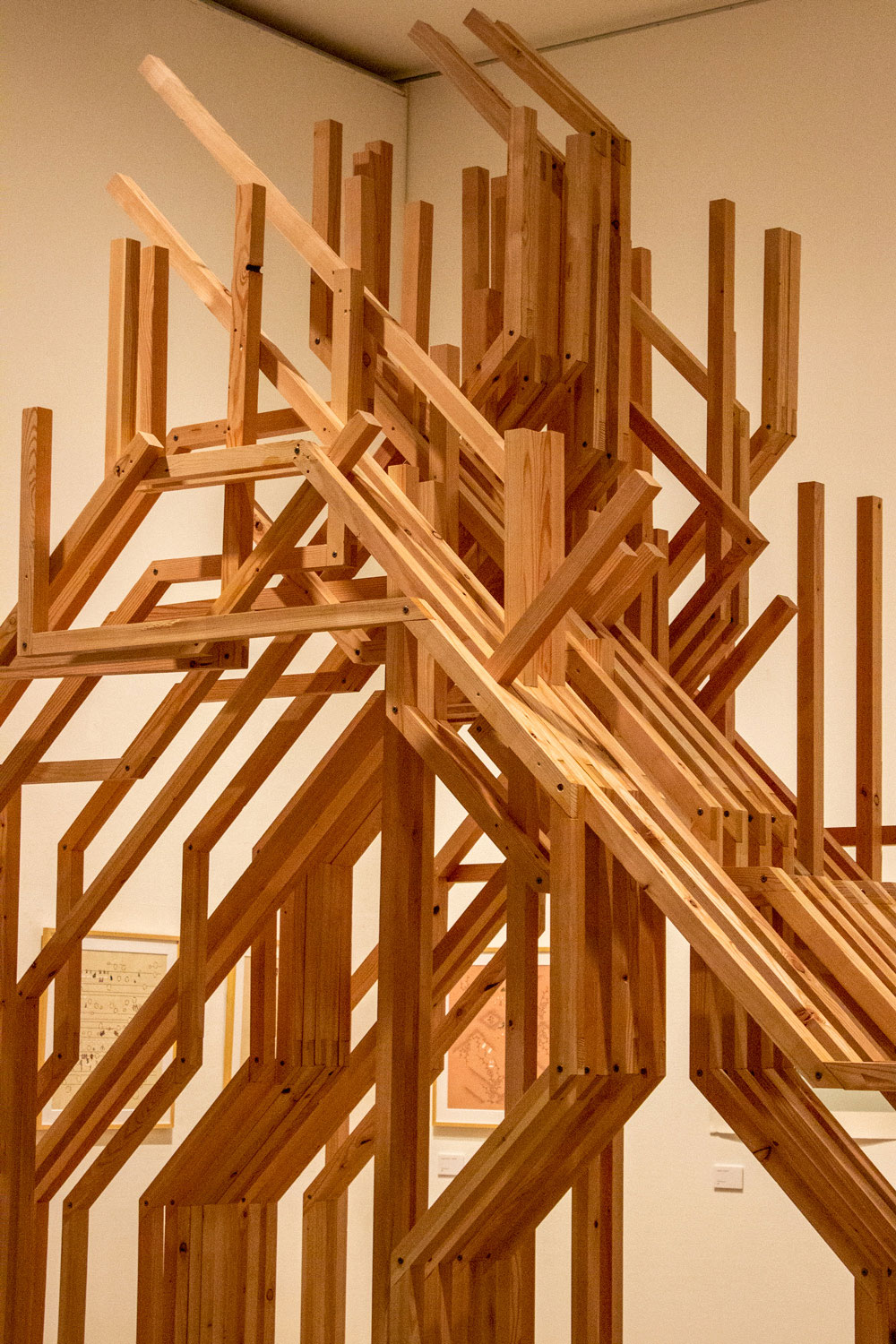
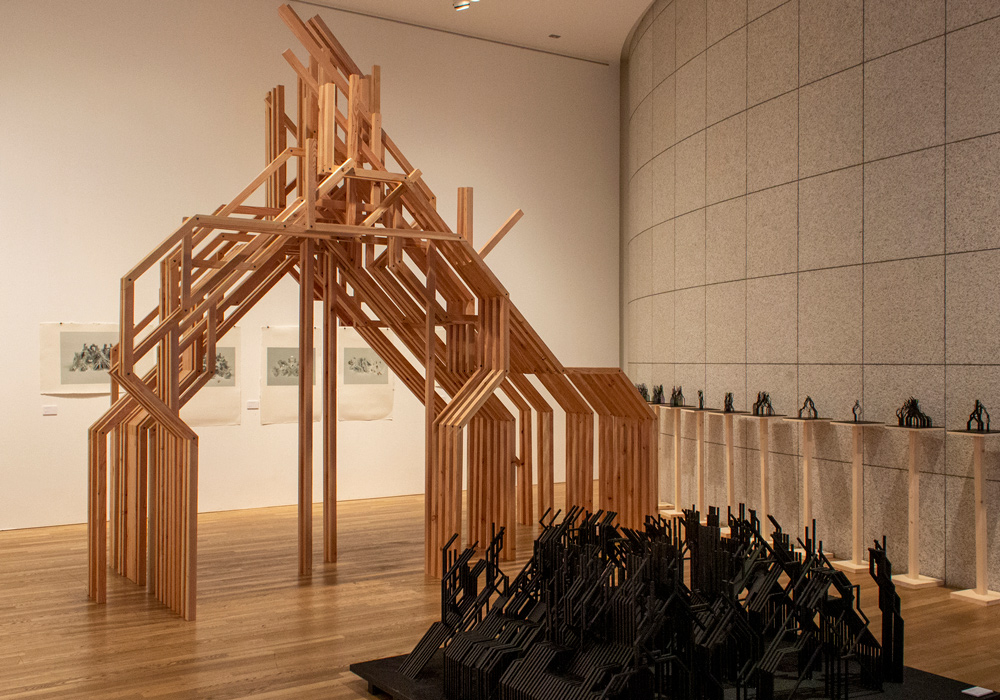
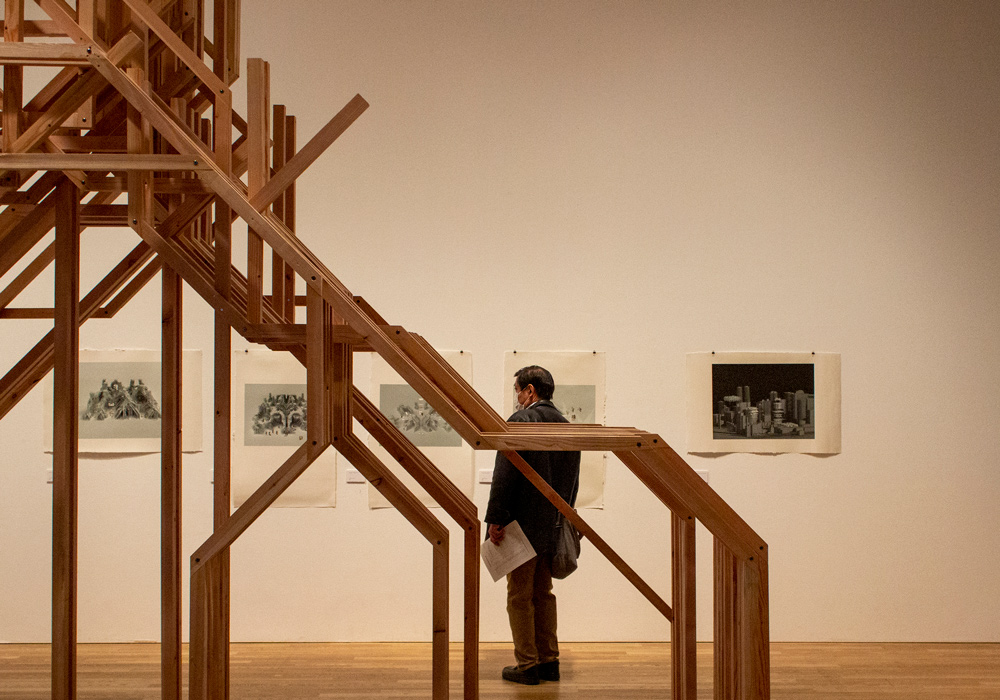
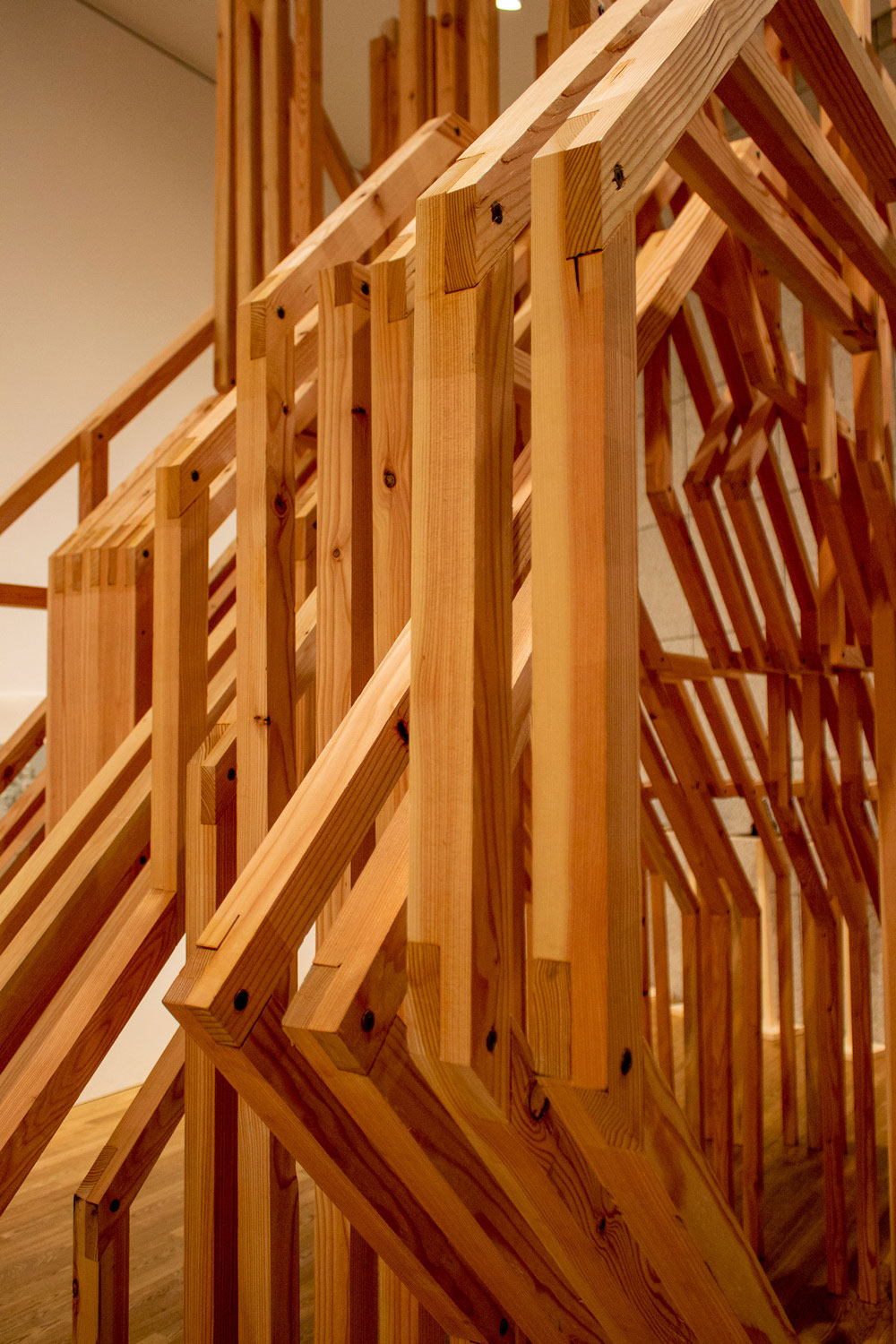
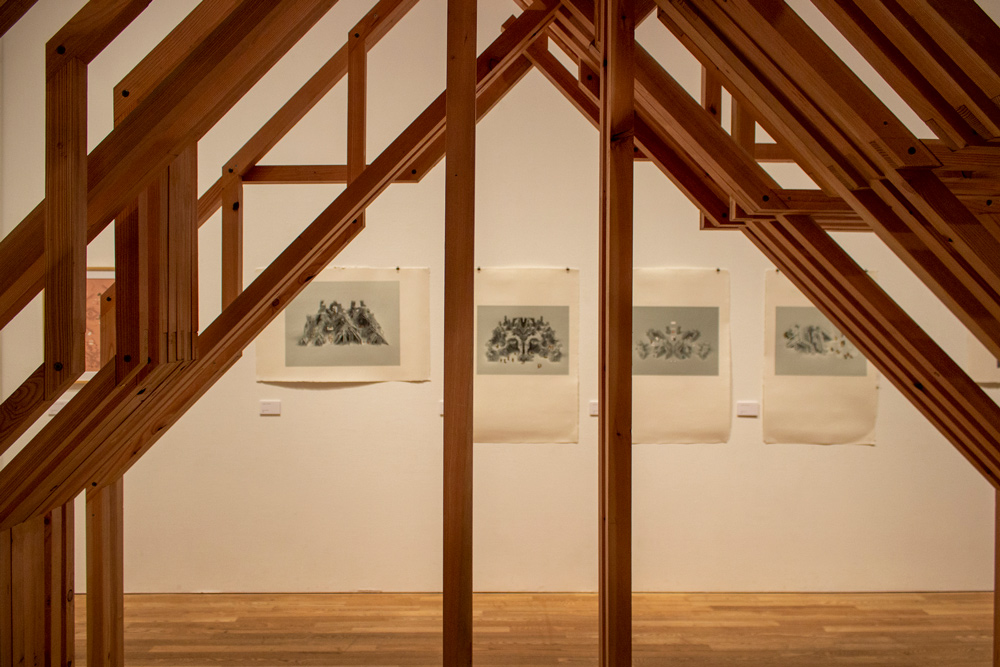
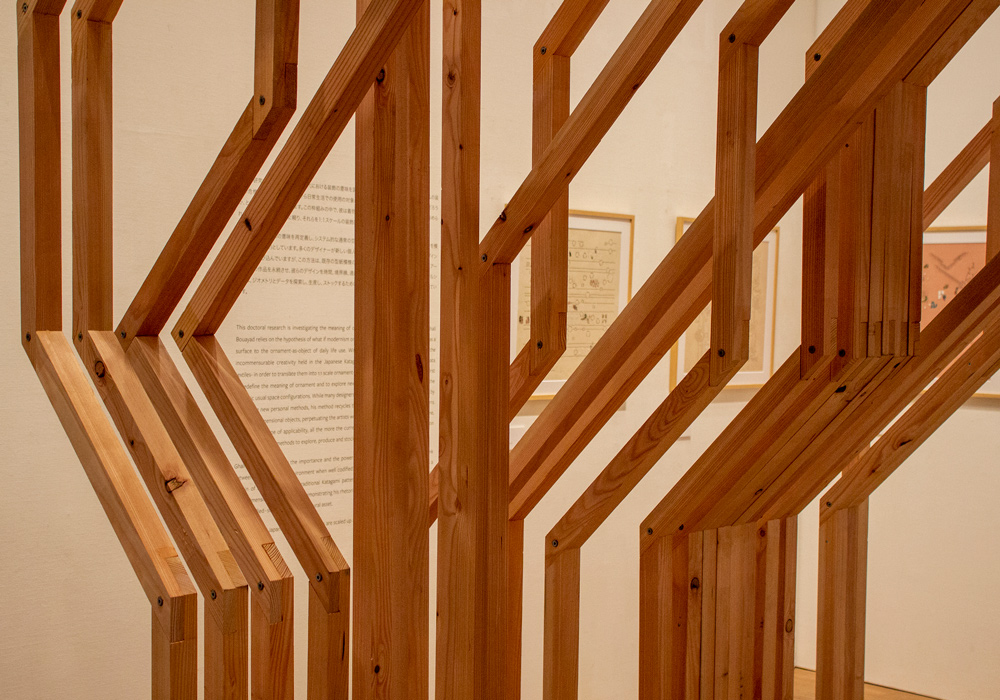
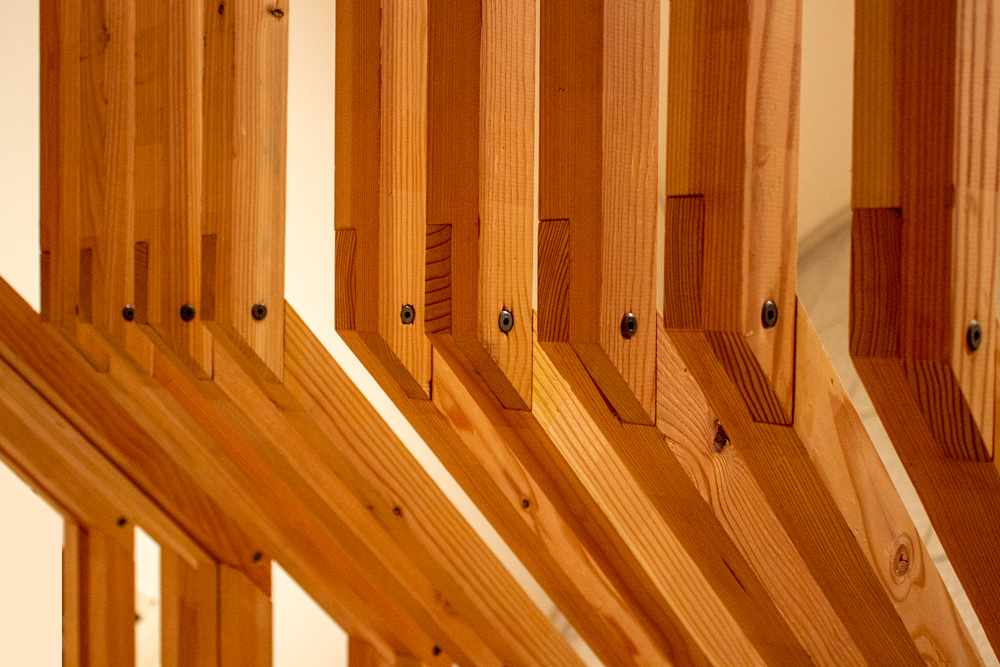
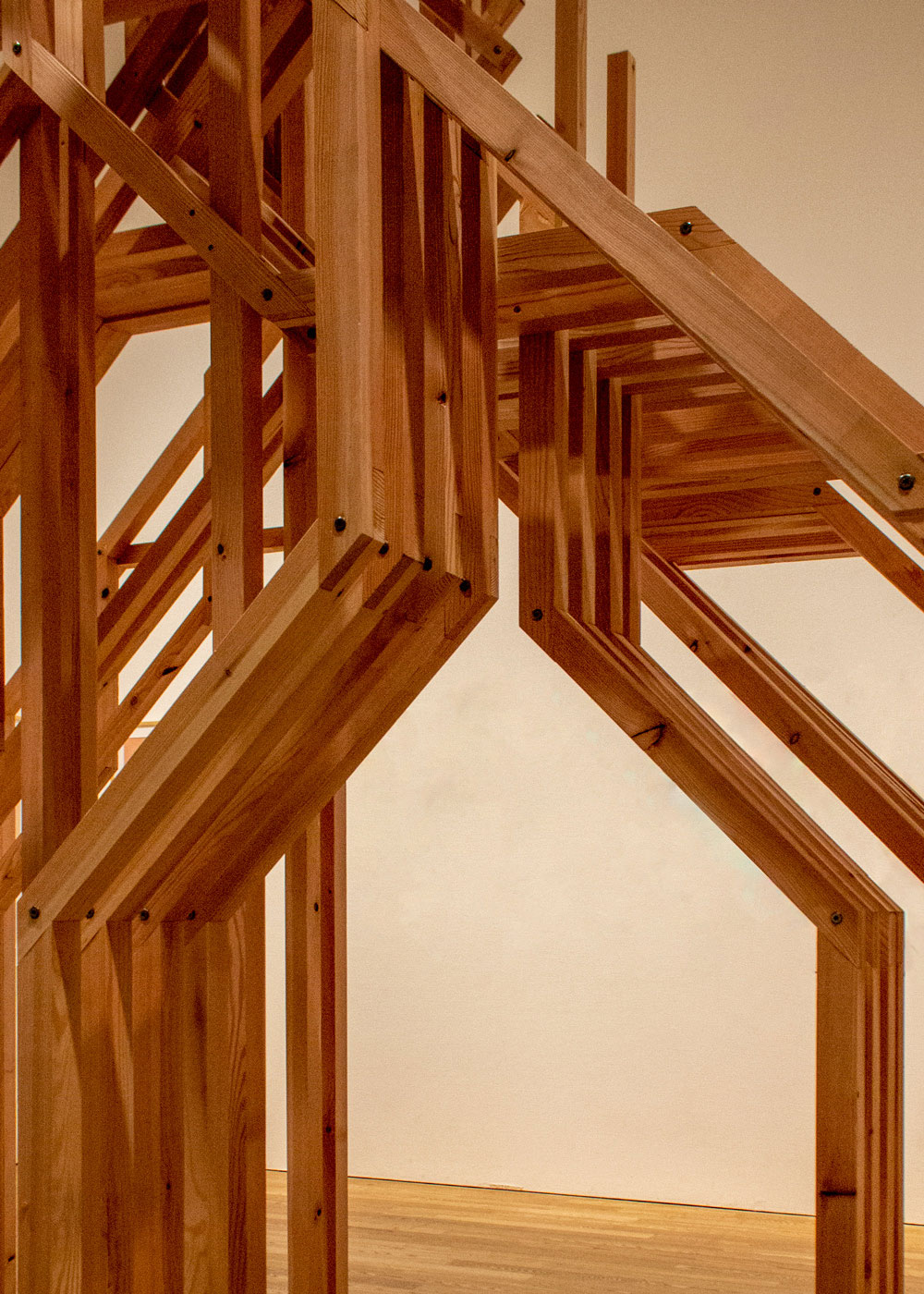

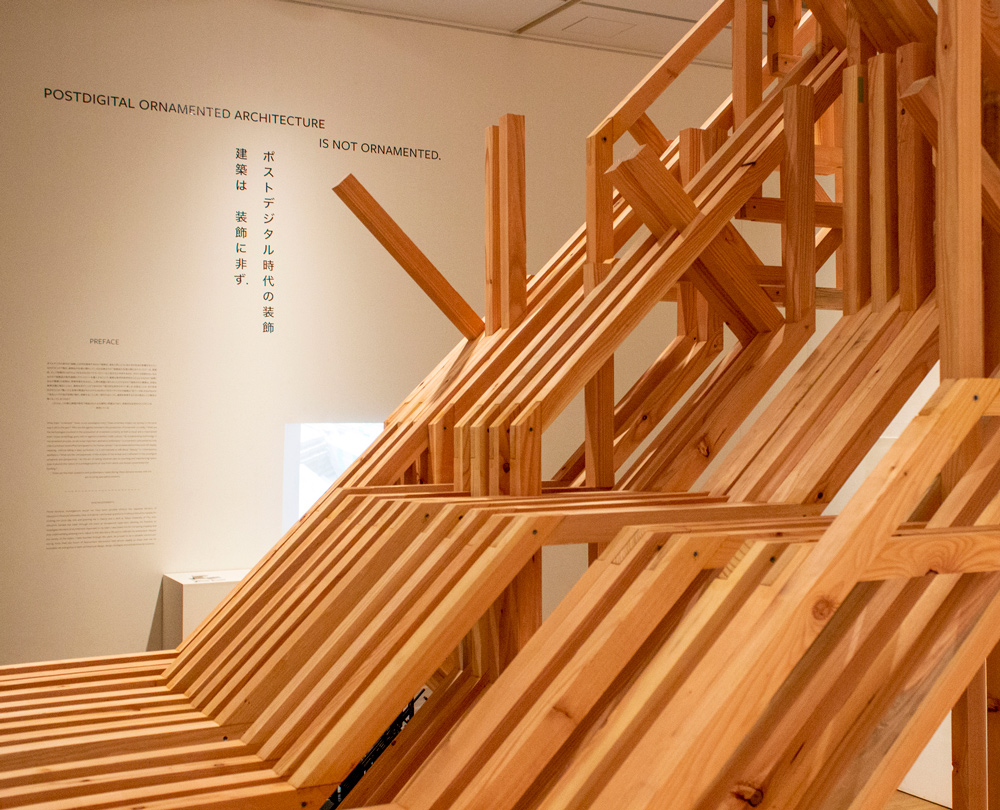
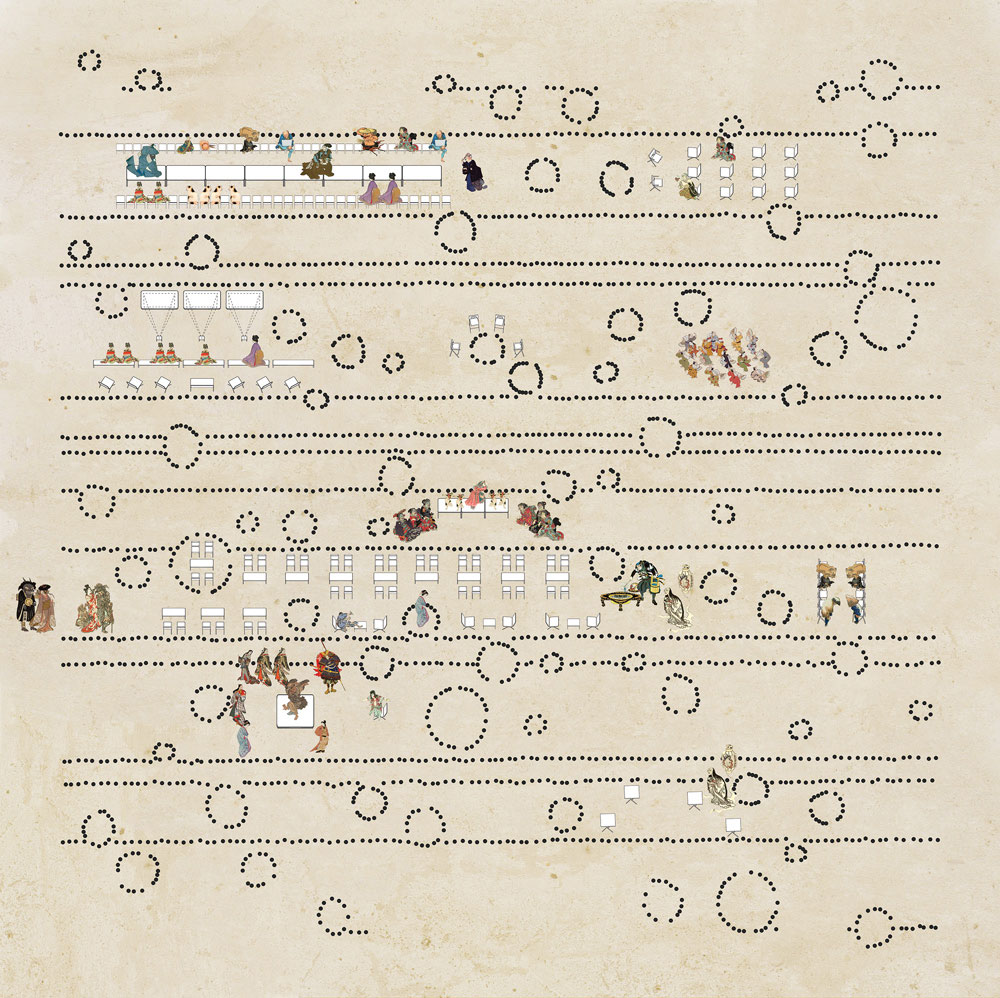
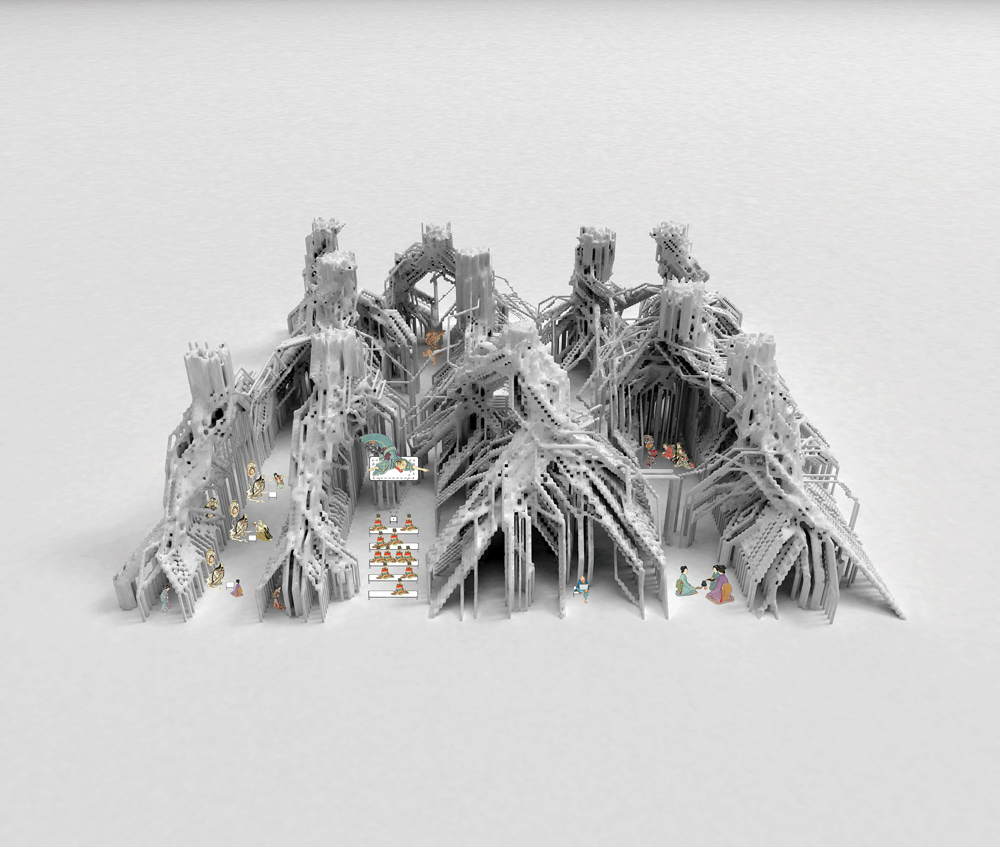




















Leave a comment